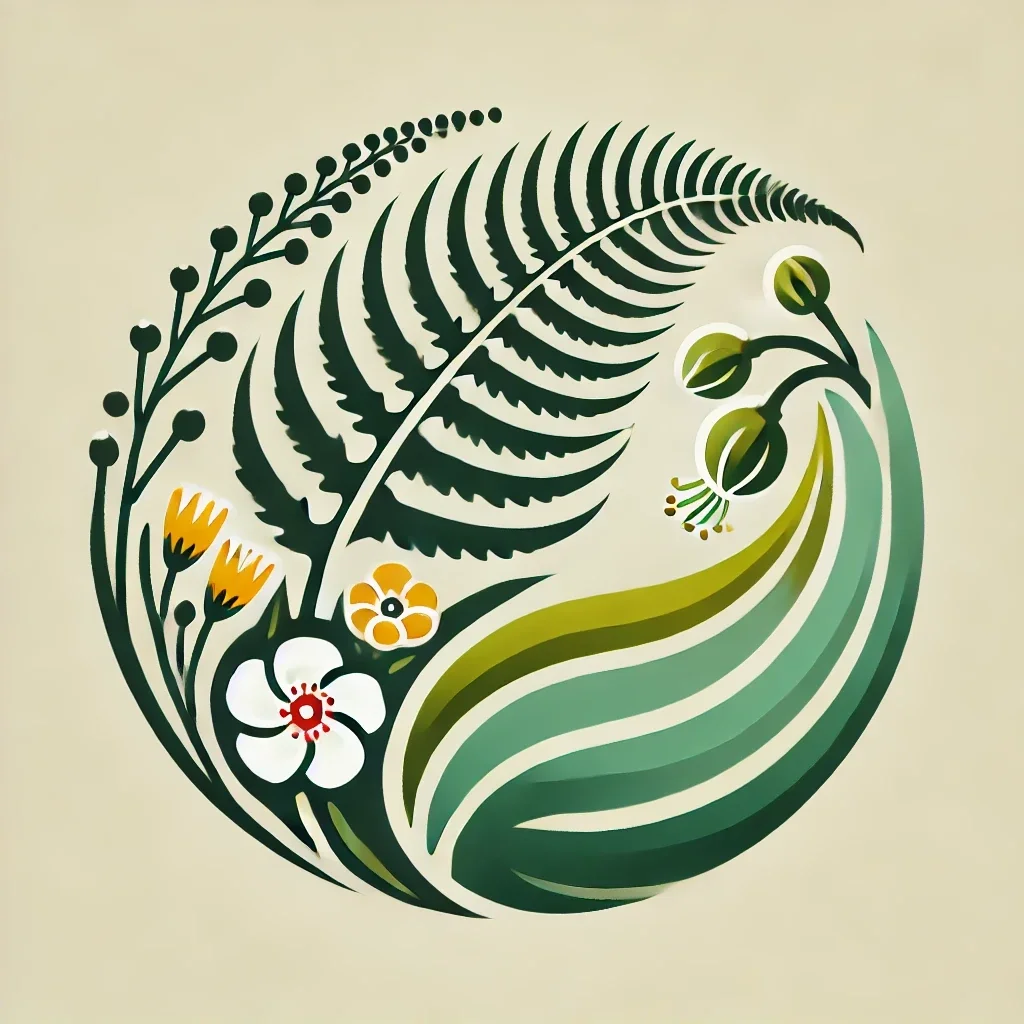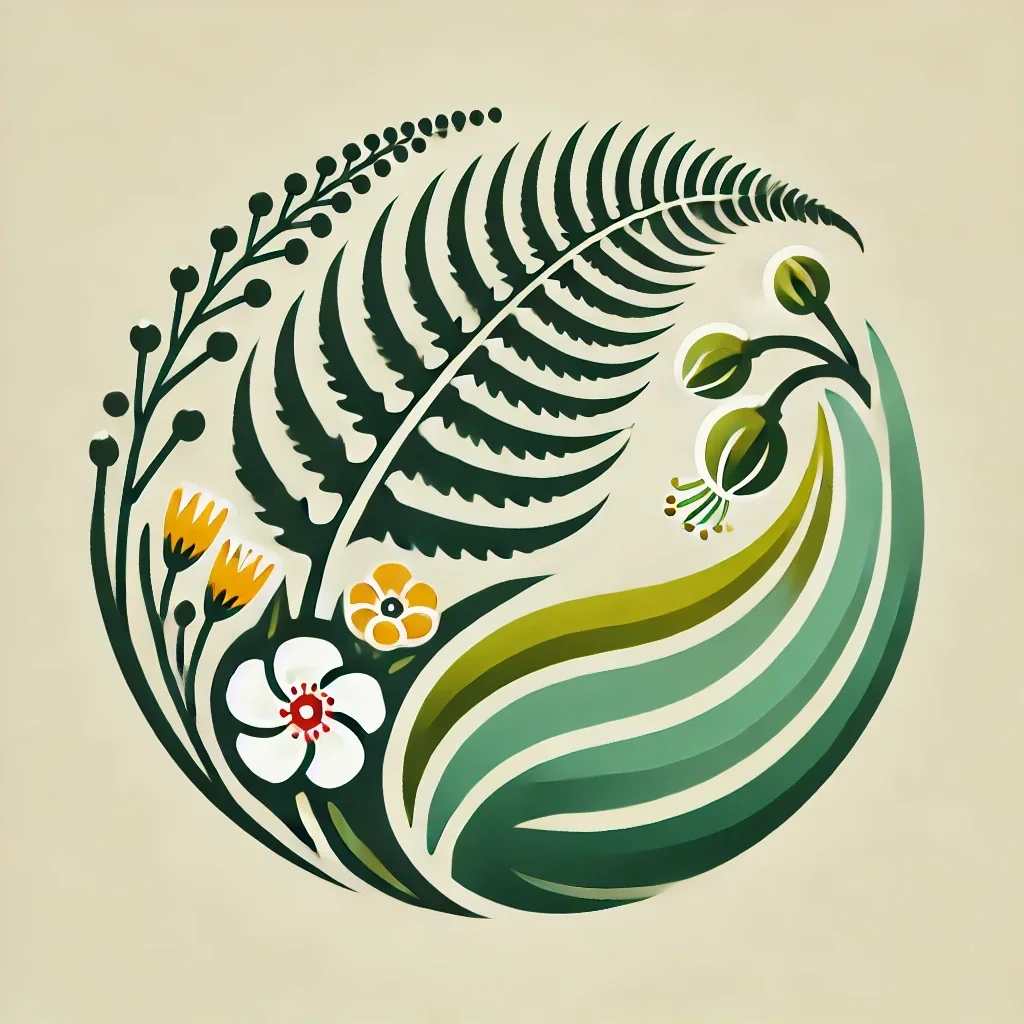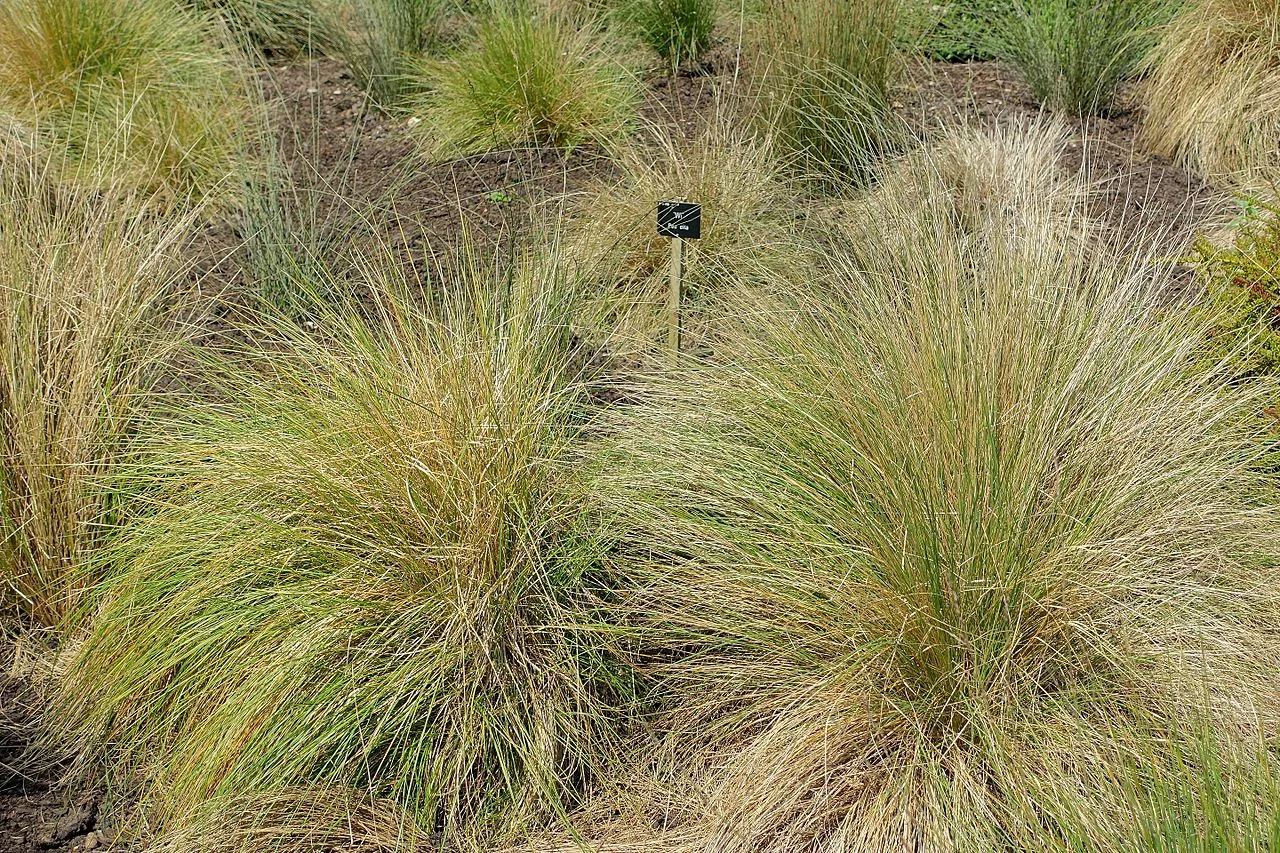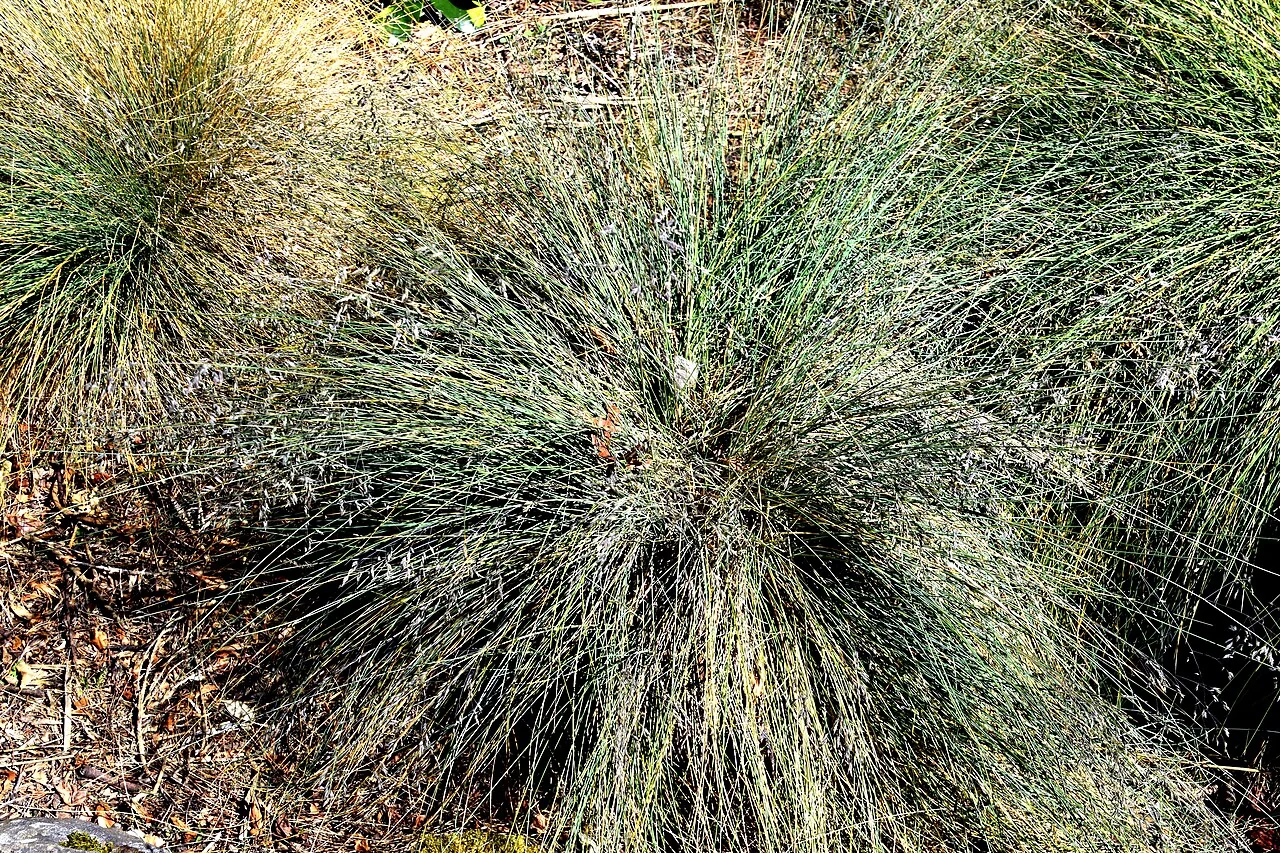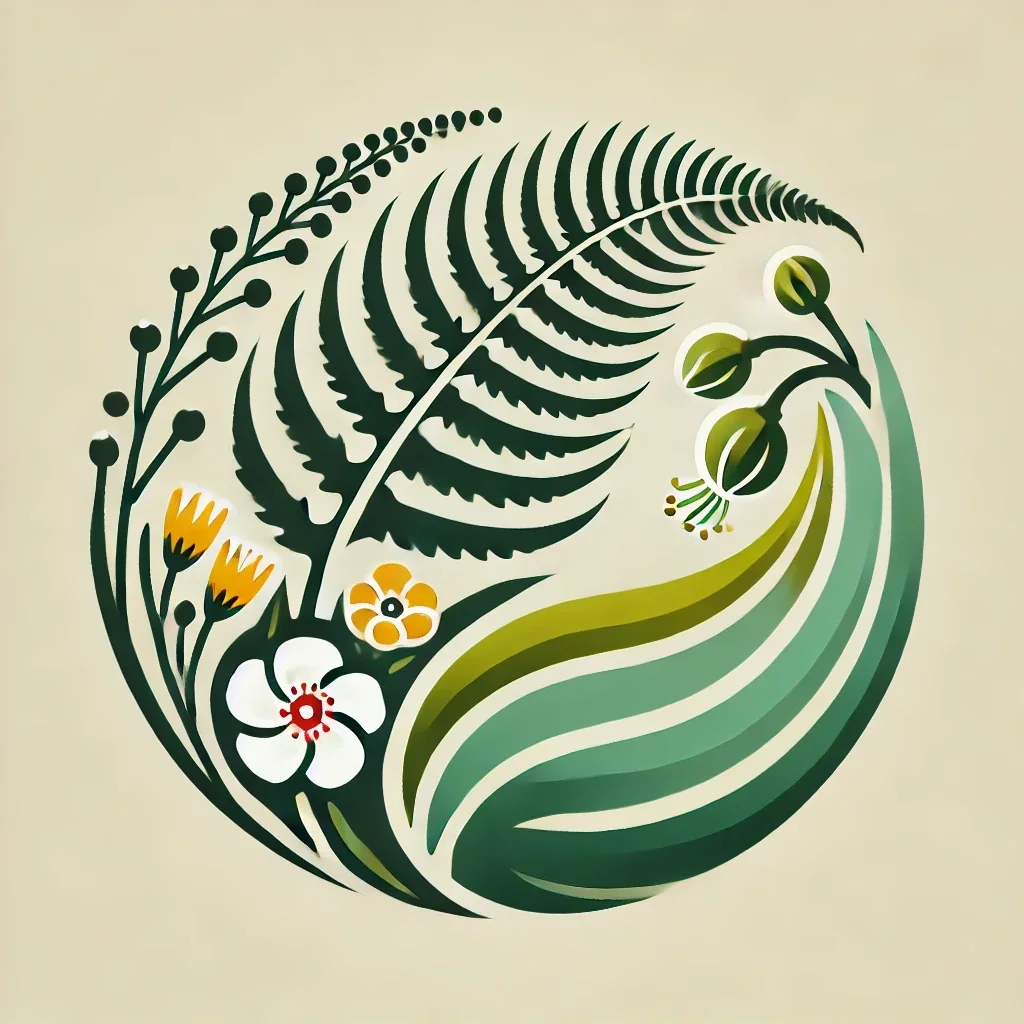
Muttonbird Poa
Poa foliosa
Poa foliosa , commonly known as muttonbird poa, is a perennial, dioecious tussock grass native to the subantarctic islands of New Zealand and Australia. It forms dense, green clumps that can grow up to 2 meters tall. It grows as robust, densely clumped tussocks arising from short, woody stolons. The leaf blades are tough, flat, and typically measure 150-400 mm long and 3-6 mm wide. They are green, with a prominent midrib and many lateral ribs. For more information on plants with cultural significance, see our Cultural Plants page.

Plant Description
Poa foliosa (weeping poa) forms dense, fountain"'like tussocks with long, arching leaves and nodding panicles. Naturally coastal/subantarctic, it tolerates wind and salt spray.
Quick Facts
| Scientific Name | Poa Foliosa |
|---|---|
| Common Name | Muttonbird poa |
| Plant Type | Perennial, dioecious tussock grass |
| Height | Up to 2 m |
| Spread | Clumping |
| Water Needs | Moderate |
| Light | Full sun to partial shade |
| Frost Tolerance | Moderate to High |
| Salt Tolerance | High |
| Growth Rate | Moderate |
| Lifespan | Perennial |
| Growth Habit | Robust, densely clumped tussocks from short, woody stolons |
| Leaves | Tough, flat, 150-400 mm long, 3-6 mm wide, green, prominent midrib |
| Reproduction | Dioecious (separate male and female plants), flowers Oct-Dec, fruits Nov-Apr |
| Habitat | Coastal and subcoastal areas, often near seabird colonies (subantarctic islands of NZ and Australia) |
| Conservation Status (NZ) | At Risk - Naturally Uncommon |
Climate Best Suited to
Cool maritime climates; tolerates wind, salt and frost. Inland success improves with cool summers and moisture.
Regional Suitability
| City | Climate Suitability |
|---|---|
| Whangārei | Ideal |
| Auckland | Ideal |
| Hamilton | Ideal |
| Tauranga | Ideal |
| Rotorua | Ideal |
| Gisborne | Ideal |
| New Plymouth | Ideal |
| Napier | Ideal |
| Whanganui | Ideal |
| Palmerston North | Ideal |
| Wellington | Ideal |
| Nelson | Ideal |
| Christchurch | Ideal |
| Dunedin | Ideal |
| Invercargill | Ideal |
Natural Habitat
Coastal cliffs and subantarctic islands; sea bird colonies where soils are nutrient"'rich.
On offshore islands, persistent wind and salt sculpt dense, arching foliage; choose the most exposed position to reflect this natural habit.
Plant Conservation
Conservation Status
Poa foliosa is classified as "At Risk - Naturally Uncommon" under the New Zealand Threat Classification System. This status was reaffirmed in 2018 and 2023. The classification reflects its restricted range, as it is endemic to offshore islands of New Zealand and Australia. Despite being naturally uncommon, it is considered "Not Threatened" because it is abundant in its known locations and currently faces no obvious threats. It is also noted to be "safe overseas," referring to its presence on Macquarie Island.
How to Grow
Muttonbird Poa (Poa foliosa) is a robust tussock grass that thrives in cool, exposed, coastal conditions, making it an excellent choice for wind-swept gardens and dune stabilization projects. It adapts well to full sun and free-draining, moderately fertile soils.
Planting Guide
When planting Muttonbird Poa, space individual tussocks approximately 0.6-1 meter apart, depending on the desired effect and how quickly you want a continuous cover. Avoid using heavy fertilizers, as this species prefers leaner conditions. Trim back lightly in late winter to remove spent foliage and maintain a tidy, compact form, encouraging fresh growth.
Ecology
Provides habitat complexity and stabilisation in dune ecosystems.
In bird colonies, nitrogen pulses from guano drive robust growth; away from coasts, occasional seaweed mulches emulate this nutrient pattern.
Uses
Coastal meadows, matrix grass in naturalistic plantings, dune stabilisation and planter movement.
The sweeping habit frames cliff edges and boardwalks; mass along embankments to knit soil and create soft movement in maritime winds.
Landscaping Ideas
Combine with Spinifex and Apodasmia for resilient coastal schemes.
Pair with toetoe, sand sedges and low taupata to build resilient, salt‑tolerant plantings that hold their form in gale conditions.
Seasonal Care
Late Winter
Comb out thatch; light shear if needed.
After winter gales, comb out shredded leaves and top up mineral mulch; in summer dry, give an occasional deep soak on inland sites.
Pruning
Pruning Techniques
Annual tidy maintains fresh foliage; avoid hard cuts into old growth.
Limit maintenance to removing winter-burnt blades and spent stems; avoid cutting back hard into old foliage bases.
How to Grow Muttonbird Poa
Cultivation
Poa foliosa thrives in cool, moist, and exposed coastal conditions, mimicking its natural subantarctic island habitat. It prefers well-drained soils but can tolerate a range of soil types, including sandy or rocky substrates. While it is highly tolerant of salt spray and strong winds, it does not perform well in hot, dry climates or prolonged drought. It is also important to note that due to its subantarctic origins, it is best suited for cooler temperate climates and may struggle in areas with consistently high temperatures or humidity.
Propagation
Propagation of Muttonbird Poa can be achieved through seed or division. Both methods require patience and attention to detail to ensure successful establishment.
Seed
Seeds can be collected from mature plants between November and April. They typically require a period of cold stratification to break dormancy, mimicking the natural winter conditions they experience in their native habitat. This can be achieved by placing seeds in a moist medium (like sand or peat) in a refrigerator for several weeks. Sow seeds in a well-draining seed-raising mix in autumn or early spring. Keep the soil consistently moist but not waterlogged, as excessive moisture can lead to rot. Germination can be erratic and may take several weeks to months, so consistent monitoring is crucial. Once seedlings are large enough to handle, they can be pricked out and grown on in individual pots before transplanting to their final location.
Division
Mature tussocks can be carefully divided in late autumn or early spring when the plant is not actively growing. Gently separate smaller clumps from the main plant, ensuring each division has a healthy root system with several tillers. It is important to minimize root disturbance during this process. Replant immediately into prepared soil, ensuring the crown of the plant is at the same level as it was previously. Water thoroughly after planting to settle the soil around the roots. Division is often a more reliable and faster method for propagation due to the potentially slow and variable germination of seeds, and it also helps to rejuvenate older, less vigorous clumps.
Pests and Diseases
Common Problems and Solutions
Robust; waterlogging shortens life in heavy clays.
Plants decline in stagnant, heavy soils-raise on berms, and avoid organic mulches that trap moisture against the crown.
Cultural Significance
Traditional Uses and Values
Poa foliosa , commonly known as muttonbird poa, is a tussock grass native to the subantarctic islands of New Zealand and Australia. While specific details regarding its direct cultural significance are not widely documented, broader cultural relevance can be inferred. The common name "muttonbird poa" suggests an association with muttonbirds (tītī), which are culturally significant to Māori, particularly for traditional harvesting practices. Poa foliosa grows in coastal habitats, often near seabird nesting grounds, including those of petrels. This indicates an ecological connection to a species with cultural importance. More broadly, native Australian grasses, including those within the Poa genus, have been valued by Indigenous Australians for their utility and sustainability. They were used in traditional land management and, in some instances, as resources for tools, baskets, and mats. However, due to its remote subantarctic distribution, direct traditional human use of Poa foliosa is less likely.
Bonus Tip
Expert Growing Advice
Thrives in windy, salt"'laden air-choose the most exposed, sunny spot for best form.
Backlight the planting to light up the flowing leaf tips and inflorescences, showcasing the species' hallmark weeping effect.
